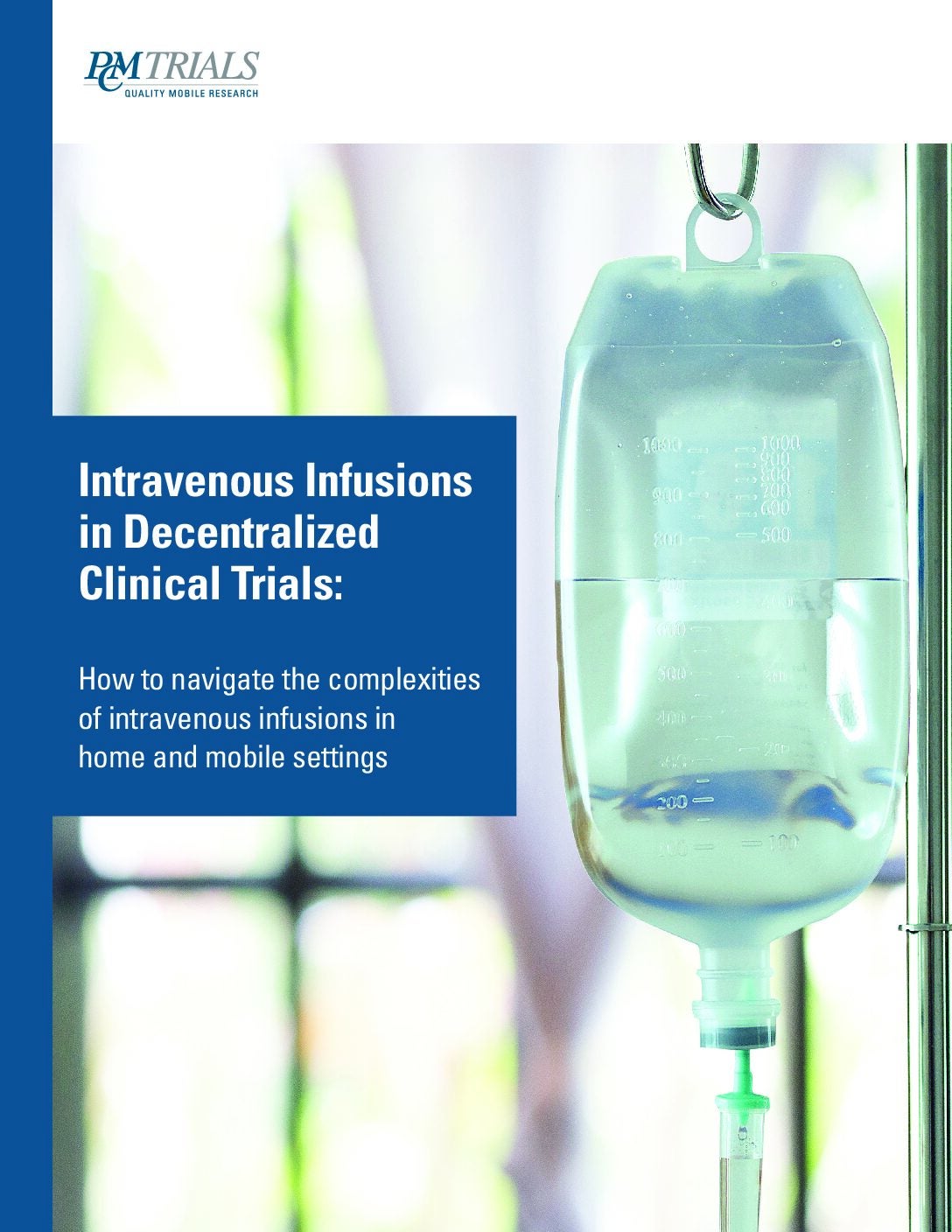
The cost of drugs in the US has long been the subject of intense debate. Americans spend more on prescription medicines than anyone else in the world, with recent research finding that US drug prices were 2.5 times those in the 32 OECD comparison countries combined in 2018.
Now, two University of Minnesota studies have revealed further evidence of the impact of rising drug prices on patient wellbeing and the overall cost of healthcare in the US.
Quality of care impacted
The first study, published in JAMA Network Open and reviewed by the US Centers for Disease Control and Prevention, looked at how dramatic increases in the prices of anti-infectives affected the overall cost of healthcare and patients’ access to treatment. Analysing around 89,000 cases between 2010 and 2018, the research revealed that a hike in the cost of antiparasitic drugs led to a significant decrease in the amount of patients receiving the appropriate medicine for their condition.
A standard-of-care (SoC) treatment for hookworm increased in price from $32.77 to $1,660 between 2010 and 2018, correlating with a decrease in patients receiving an appropriate drug from 43% to 28% in the same period. A SoC drug for pinworm went from $14.81 to $930, while the percentage of patients receiving appropriate treatment dropped from 81% to 28%.
The steep increases in the cost of the antiparasitic drugs were associated with an increase in total outpatient treatment costs. Researchers observed a corresponding shift in prescribing from SoC to a non-SoC drug, suggesting that higher drug prices can lead to lower quality of care. According to the study, by 2018 only 28% of patients with hookworm or pinworm received SoC prescriptions.
Co-first author of the study Professor William Stauffer said: “Our study shows that dramatic drug price increases lead to much higher outpatient costs and decrease appropriate drug treatment due to access issues and healthcare professionals switching to a substandard drug.
“More studies need to be done to confirm these findings, but this should increase policymakers’ attention as they consider solutions to extreme drug pricing.”
Drug pricing legislation
The second study, published in the Journal of General Internal Medicine, examined state legislative action on drug pricing. After reviewing all US state laws addressing drug price increases since 2015, as well as bills being considered in 2020, the researchers found that most laws were enacted within the past two years – indicating that legislation in this area is gaining momentum.
The study makes two recommendations. Firstly, it says transparency laws should require transparency before drug price hikes occur, “so that vulnerable patients have time to seek alternative treatment options”. Many of the bills considered in 2020 did not require transparency until after the price had been increased.
Secondly, it notes that of the states that created affordability review bills, only 22% specify OPOE (off-patent, off-exclusivity) brand-name drugs, which are cheaper than patent-protected, brand-name drugs and more prone to price hikes. The researchers recommend that separate review thresholds are created for OPOE drugs to ensure they are not misclassified as brand-name drugs and made subject to higher price increase thresholds.
First author of the study, Arman Shahriar, commented: “Prescription drug price increases inflate national health spending and are disproportionately felt by patients who are uninsured or have high deductibles.
“Despite prescription drug price increases being a known problem for years, little has been done at the federal level, and states have not been unified in their approach. We want to make state lawmakers aware of the current landscape and future directions of this legislation.”




